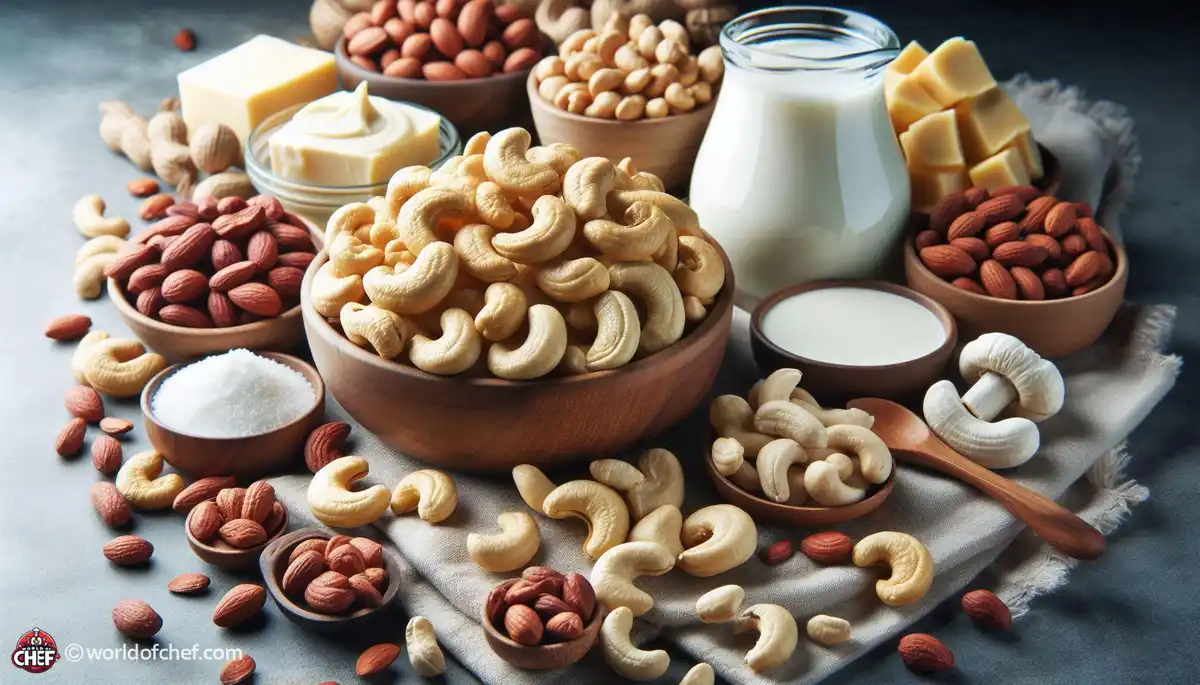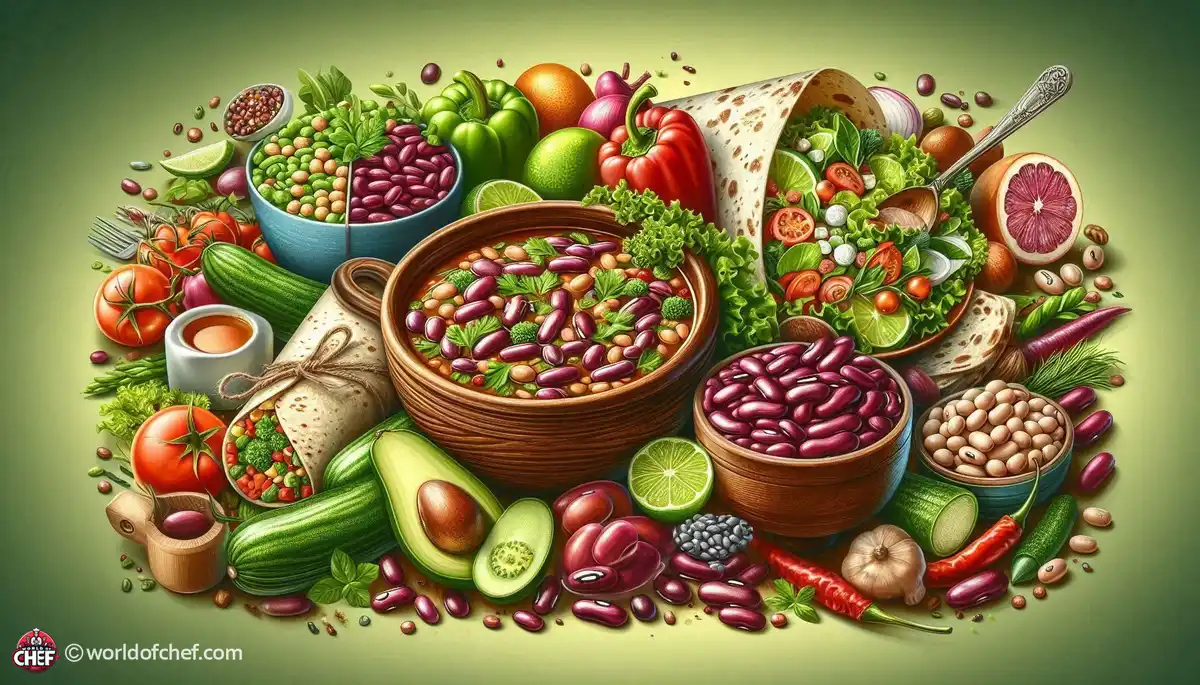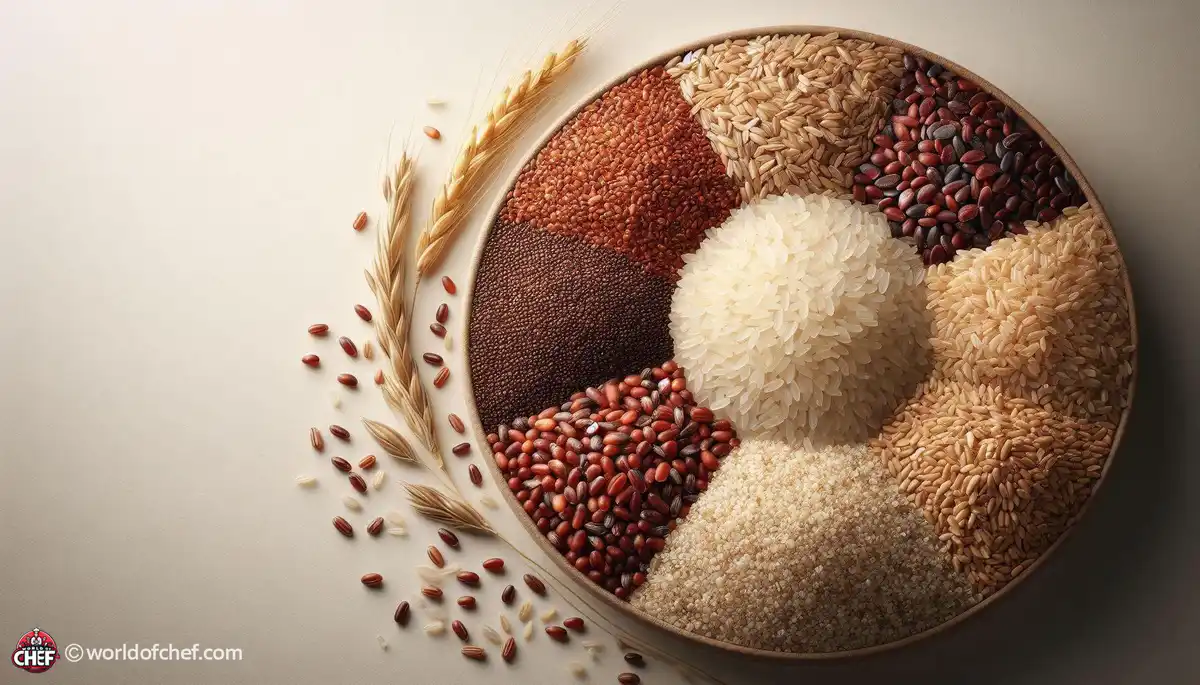
Unveiling the Power of Cruciferous Vegetables in Cancer Prevention
Eloise Jester - Mar 26, 2025 - 8 min read


There are many breeds, and the taste profile is a bit different from one breed to another. The most common you may encounter are Cayenne, Queen, and Golden varieties. There are favorite types: sweet intense are Cayenne pineapples, and Queen is good in terms of being perfectly tart and sweet at the same time. Golden types tend to be milder. Appreciating the nuances might help you in choosing the perfect pineapple that you would love.
Tougher pineapple usually has golden yellows in colour but of course may vary on each species. Avoid a bunch that contains too much of the green colour, possibly due to it being too raw. Instead look forward to that which carries plenty of yellow and gold within the body. There also ought to be some level of sweet fragrance around its lower section to ascertain full maturity before consumption.
A ripe pineapple should feel gently yielding to pressure if gently squeezed. But do not use one that is overly mushy as it can present signs of over-ripening or rot. On the other hand, a rock-hard pineapple just might be a fruit too immature and still waiting a bit to ripen perfectly. Aim for something just firm yet yielding: your sweet, juicy gem awaits.
Although this is not always a 100 percent indicator, the presence of a crown on the pineapple is an indication that it has been fresh picked. The leaves should appear green and fresh, with no wilting or discoloration to brown. A good crown is usually a good sign that it was picked at the appropriate time and cared for in such a way that when it's eaten, it will taste better and juicier.
External blemishes on a pineapple skin are somewhat common and, for the most part, are harmless. Heavy bruising or soft spots, though, could mean internal damage or overripeness. Opt for pineapples with minimal blemishes; they are bound to be fresh and sweet inside.
A sure red flag is a development of molds on the outer side of a pineapple. Do not buy fruit whose outer sides are all covered in molds; that can only mean they must have gone bad and become rotten. An awful odor like ferments in pineapples points to a previous prime state.
While pineapples are typically not a perfect shape, pick ones that have a somewhat balanced appearance. A fruit that is well-shaped is likely to have ripened evenly, so the flavor and juiciness of the fruit will be uniform throughout. Steer clear of the pineapples that are clearly deformed or otherwise irregularly shaped, as they would have ripened unevenly or have been mishandled.
Even the size of a pineapple should not be determined by being bigger. While big pineapples are visually more appealing, they tend sometimes to be too fibrous or lack flavor. While small pineapples might be less juicy and less sweet. Ideally, it would be best if it were medium in size with a sufficient weight so as to have the right juice and flavor.
After selecting a juicy pineapple with the external signs, let's check for the quality internally. Gently squeeze it to get a feeling for its firmness. You should be able to softly yield when touched. Stay away from overly soft ones as these are more prone to spoilage or become overripe.
A mature pineapple should have a strong sweet, tropical smell coming from the bottom when ripe to eat. Look at it for a second and take deep breaths to smell and enjoy that fruity smell. Not having a strong smell or even a sour smell may tell you that it hasn't riped yet or is way past its prime.
Some experts can determine the ripeness of a pineapple through what is called the "thump test." Tap on a fruit with your knuckles and listen to the hollow sound. A ready-to-eat pineapple gives a hollow, clear sound because it is moist. This method sometimes fails and is difficult to master. Another way is sampling at the base. Taste the pineapple at the base section.
Cut off a small portion of the pineapple's bottom if you can. This will give you an idea of what to expect in terms of flavor. A good pineapple should be sweet and juicy, with the right balance of tartness and acidity. Avoid pineapples that are too sour or too bland, as this may indicate that the fruit is not yet ripe or of poor quality.
How to Store and Ripen Whole Pineapples: Room Temperature vs. Refrigeration
Whole pineapples can be left at room temperature for a couple of days to let the fruit ripen further. When ripe, it can then be put in the fridge to freshen up for a longer period. But if you're going to use the pineapple within a day or two, that's perfectly alright, letting it sit at room temperature.
If you cannot wait so long to enjoy your pineapple, there are some cheats you can use to ripen it faster. First put the pineapple in a brown paper bag with an existing ripe apple or banana; they will release the gas ethylene that increases the ripening. Another technique is to put it on the room temperature but take it out sometimes for assessment.
You can store any leftover in the refrigerator once you have opened a pineapple. Or chop up pineapple and freeze it in your freezer for use in smoothies or desserts. Just be sure to put it in a proper freezer-safe container or bag so that you won't get freezer burn.
In order to fully enjoy the peak ripeness and juiciness of your pineapple, you should consume it within a week of purchase. While pineapples may last longer if placed in the right place, they must always be consumed fresh. Throughout the week, take the pineapple in your meal or snack and experience that sweet tropical taste.
Picking the perfect pineapple is an art whereby there is a watchful eye to the pineapple and one watchful palate. After you can distinguish differences among various types of pineapple and observe or test its quality, exterior as well as interior, by keeping good storage condition, it assures a drooling juicy, and filled-with-nectar piece with each every bite. A quality ripe pineapple will amuse your senses and provide the delight and feel of shifting your surroundings from mundane to the heavenly and blissful realms.

Eloise Jester - Mar 26, 2025 - 8 min read

Wayne Tobar - Mar 23, 2025 - 6 min read

Harold Turcios - Mar 19, 2025 - 7 min read

Nevaeh Zeng - Mar 16, 2025 - 6 min read